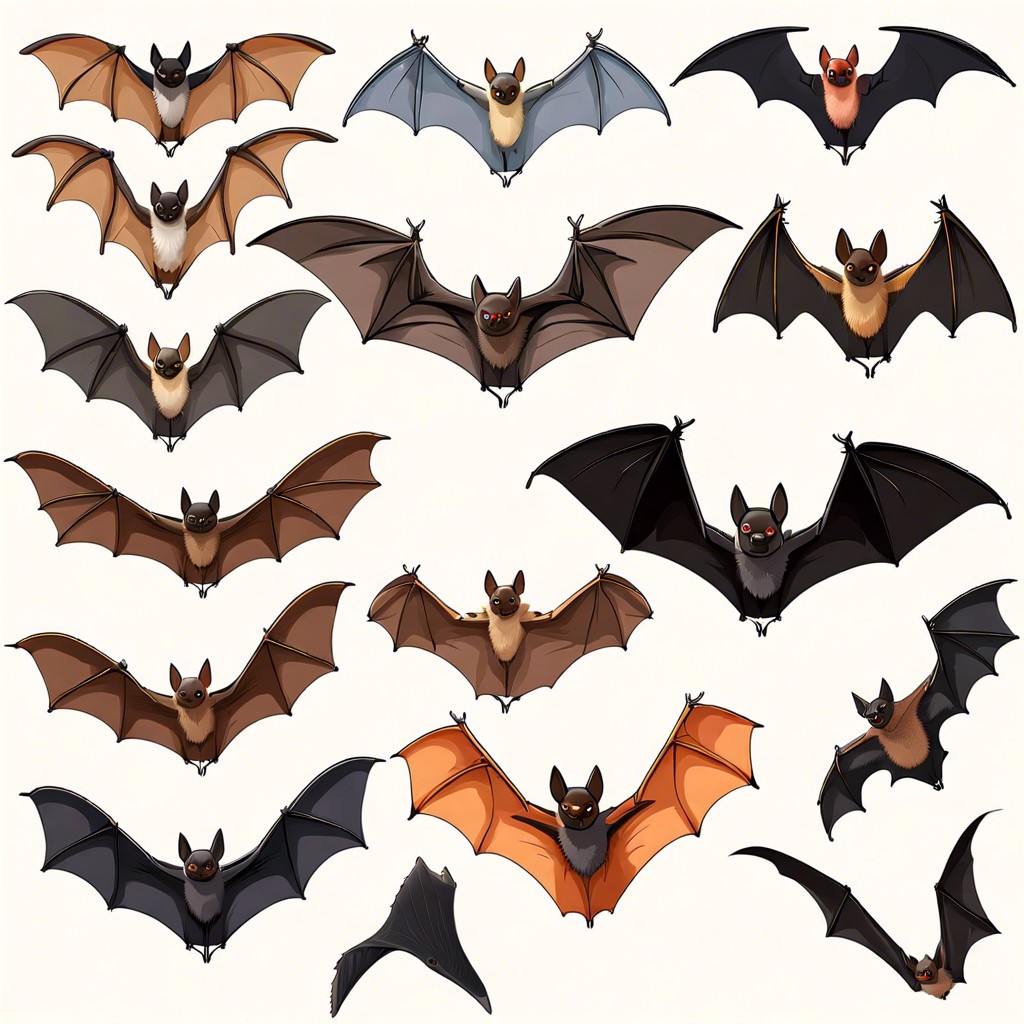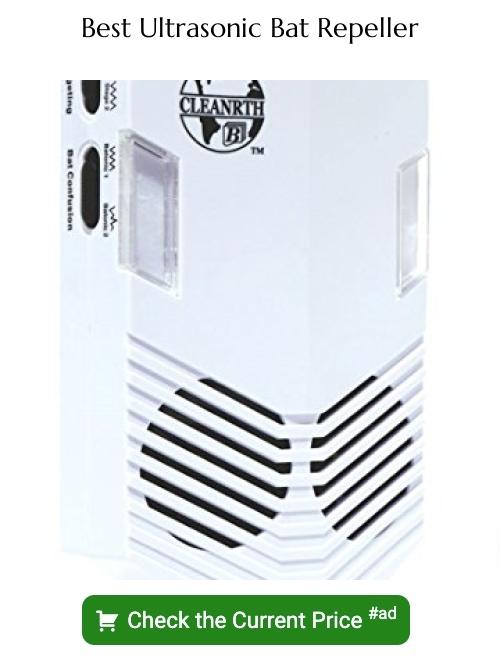Last updated on
Navigating the process of bat removal from a roof can be complex and careful in approach, which is why this article provides a comprehensive guide on actions to take for safe and effective bat eviction procedures.
Key takeaways:
- Identify bat species for appropriate exclusion methods.
- Determine entry points for bat removal.
- Install bat exclusion devices for safe exit but no re-entry.
- Clean and disinfect roosting areas after bats are removed.
- Prevent future bat infestations with sealing, maintenance, bat houses, natural deterrents, and professional consultation.
Identify Bat Species

Determining the specific species of bats is crucial as it dictates the appropriate exclusion methods and is legally mandated due to the protected status of many bat species. Begin by observing the physical characteristics such as size, color, and ear shape. For instance, Little Brown Bats are typically small with glossy brown fur, whereas Big Brown Bats are larger with a more uniform brown coloration.
Consult local wildlife agencies or a bat conservation organization for species identification and legal guidelines, since some species may be subject to seasonal eviction restrictions to protect their breeding seasons. Documenting the species helps ensure responsible and legal bat removal while preserving the ecological benefits these mammals provide, such as insect control.
Additionally, knowing the bat species can indicate the potential size of the colony and the extent of guano accumulation, which will inform the necessary cleaning protocols following exclusion.
Determine Entry Points
Bats can squeeze through openings as small as 3/8 of an inch, so inspecting for gaps is crucial. Check for droppings on walls or insulation, which typically indicate entry points. Common areas to examine include:
- Gaps around roof edges and eaves
- Openings around chimneys or plumbing vents
- Broken or missing roof shingles
- Gaps or cracks where different building materials meet
Use a bright light during the day to reveal holes, or observe the roof at dusk, when bats depart for their nightly activities. Once the locations are pinpointed, avoid sealing immediately. Plan for proper exclusion to ensure bats can safely exit without returning.
Install Bat Exclusion Devices
Bat exclusion devices act as one-way doors, allowing bats to exit but preventing re-entry. To ensure effective installation, observe the following points:
- Install at each identified entry point except the main one, which will be the last to seal.
- Choose devices like netting, tubes, or valves designed for this purpose, ensuring they are longer than the entry point to prevent bats from clinging to the wall and re-entering.
- Attach exclusion devices securely to the exterior of the structure, creating a tight fit to eliminate gaps.
- Monitor bat activity at dusk to confirm they are leaving through these devices.
- Leave devices in place for a minimum of one week to accommodate the bats’ irregular exiting patterns.
Remember, timing is critical. Avoid installation during the maternity season to prevent trapping flightless young bats inside.
Clean and Disinfect Roosting Areas
Once bats are excluded, it is crucial to address the mess left behind. Bat guano can harbor fungal spores that cause histoplasmosis, a serious lung disease. Using protective gear, such as gloves and a respiratory mask, is imperative before initiating cleaning.
Start by removing bat droppings and contaminated insulation. Use plastic bags for disposal to minimize contact and prevent spore dispersal. Following removal, apply an enzyme-based cleaner specifically designed for bat guano to break down remaining waste and neutralize odors.
For extensive contamination, consider hiring professionals who specialize in biohazard cleanup. They have the proper equipment to safely and effectively restore the area.
Lastly, to prevent guano from seeping into living spaces, seal gaps between the roof and ceiling. Fix or replace damaged tiles and ensure there are no entry points for bats or other pests. Regular roof inspections and maintenance are the best defenses against future wildlife intrusions.
Preventing Future Bat Infestations
Ensuring bats do not return to your roof requires a proactive approach:
1. Seal Entry Points: After exclusion, carefully seal any openings larger than a quarter-inch to prevent bats from re-entering. Use materials like caulk, weather stripping, or high-density foam.
2. Maintain the Structure: Regularly inspect your roof and attic for signs of damage or potential entry points. Promptly repair any issues to avoid creating new opportunities for bats.
3. Use Bat Houses: Provide alternative roosting options by installing bat houses on your property, away from your home, to attract bats and keep them from returning to your roof.
4. Natural Deterrents: Apply natural deterrents, such as essential oil sprays or mothballs, in areas where bats might attempt to roost. However, first ensure these methods do not harm bats or disrupt the ecosystem.
5. Professional Consultation: For lasting results, consider consulting with wildlife control professionals who can assess your property for risk factors and provide customized prevention strategies.
FAQ
What smell will keep bats away?
The smell of peppermint and spearmint oils can naturally deter bats from various spaces like attics, cellars, chimneys, and garages.
Is it bad to have bats in your roof?
Yes, it is unfavorable to have bats in your roof as their droppings can create an environment leading to lung disease due to growth of fungal spores.
What do bats hate the most?
Bats have a strong aversion to the scent of mothballs and certain essential oils such as peppermint and eucalyptus.
What are the legal considerations when removing bats from your roof?
Legal considerations when removing bats from your roof include complying with local wildlife laws and regulations, as some species of bats are protected, making it illegal to harm or kill them.
How can one identify the species of bats on their roof?
Identifying the species of bats on your roof can be done by observing their physical characteristics, behaviors, and by noting the location and structure of their roosting sites.
Can the presence of bats damage the structural integrity of the roof?
Yes, the presence of bats can damage the structural integrity of a roof by defecating and urinating, which can lead to wood rot and corrosion of metal work.





